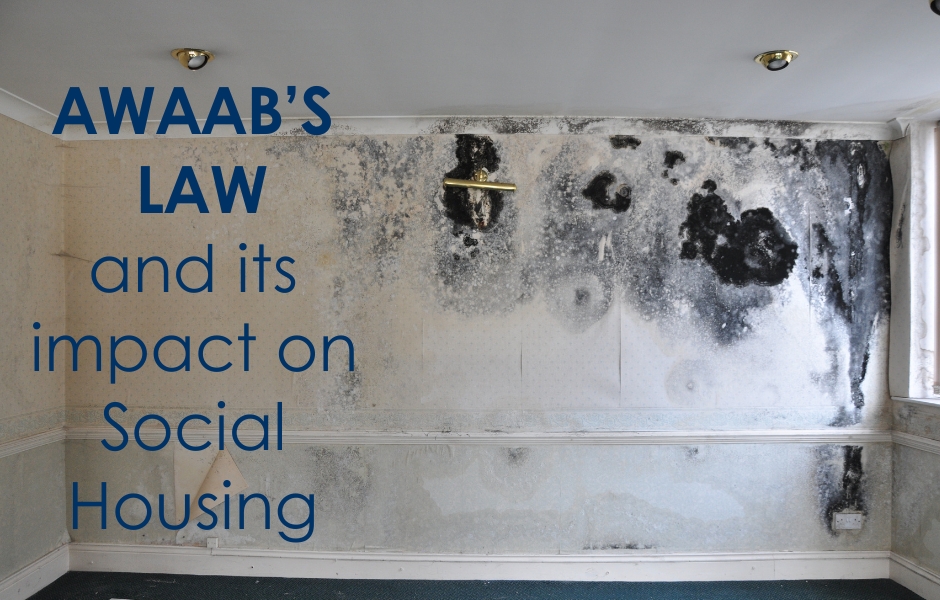Reducing Net Zero Carbon in The Built Environment

Almost three years since the Government published its Net Zero Strategy and as we approach the 2025 implementation of the Future Homes and Buildings Standards, how do we decarbonise the built environment?
We know the key strategies to reducing carbon, and more importantly meeting net zero carbon targets are:
- Design Optimisation: Maximise natural light, ventilation, and insulation to reduce energy demand and incorporate high-performance building envelopes, energy-efficient systems and smart technologies to minimise operational carbon emissions.
- Material Selection: Use sustainable materials with low embodied carbon, such as recycled steel, low-carbon concrete and sustainably sourced timber.
- Renewable Energy: Integrate renewable energy sources such as solar panels, wind turbines and heat pumps, or purchase renewable energy from certified green energy suppliers.
- Construction Practices: Employ modern construction techniques like modular construction and prefabrication and optimise logistics to minimise transport emissions of materials and labour.
- Operational Strategies: Utilise building management systems to monitor and optimise energy usage continuously. Implement regular maintenance and upgrade plans to ensure the building remains energy-efficient throughout its lifecycle. Retrofit existing buildings with energy-efficient technologies to improve performance.
- Carbon Offsetting: Consider investing in certified carbon offset projects such as reforestation, renewable energy initiatives, and community-based environmental programs to balance any residual emissions. The Woodland Carbon Code and the UK Carbon Capture and Storage Research Centre are notable examples.
But what are we finding to be the most beneficial and cost-effective solutions?
It requires a comprehensive approach, integrating a number of the above sustainable practices across the entire lifecycle of a building or infrastructure project.
It also depends on the size and scope of the project, generally focussing on low carbon material selection and construction practices, cost-effective results can be achieved.
We can assist clients with achieving their Net Zero Carbon targets using our Embodied Carbon Assessments and Whole Life Carbon Assessments. The Embodied Carbon Assessments also achieve BREEAM credit Mat 01.
Our findings from these assessments show that steel frames, ground floor slabs, roof structures and roads, paths and pavings are generally the most significant elements, collectively containing large quantities of carbon intensive materials.
In particular, a significant amount of carbon is associated with steel frames and through the use of Electric Arc Furnace manufactured steel with a high recycled content, significant carbon savings can be achieved.
Substantial benefits also arise from utilising local procurement, supply and transport and procuring roof and wall cladding with a low embodied carbon with Environmental Product Declarations to demonstrate the reductions.
Finally, further carbon savings can be achieved with the use of locally procured concrete containing cement replacement products.
If you would like to know more about our Embodied and Whole Life Carbon Assessments, please contact Alex Blenard at A.Blenard@rpp.co.uk or Richard Owen at R.Owen@rpp.co.uk


